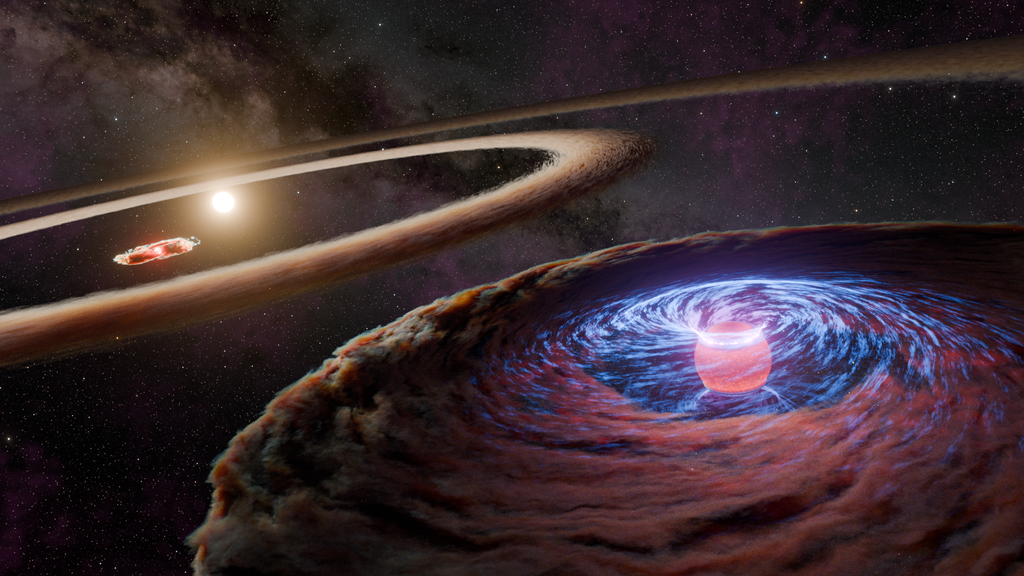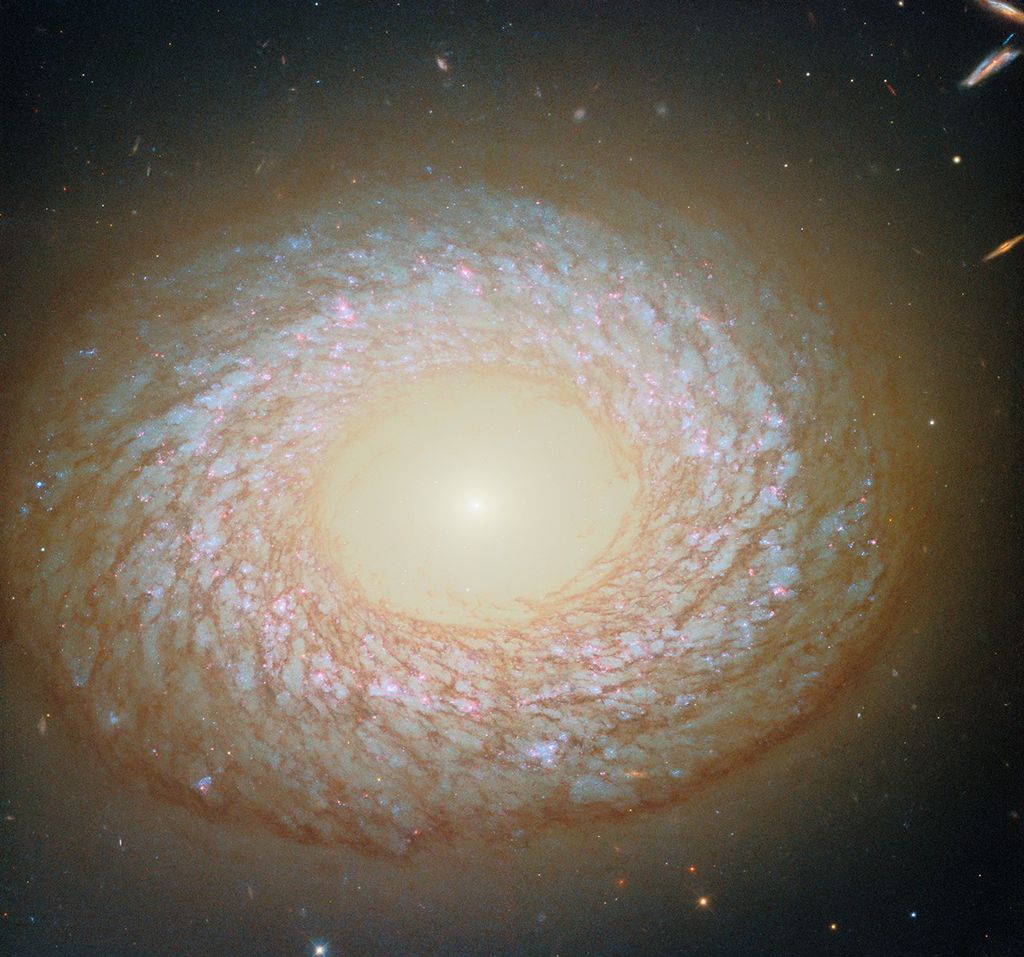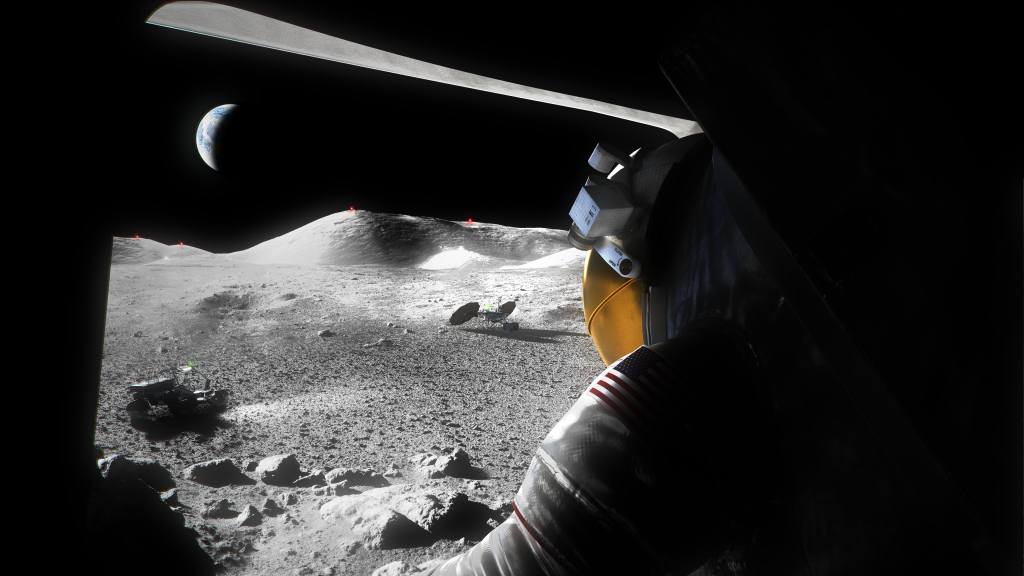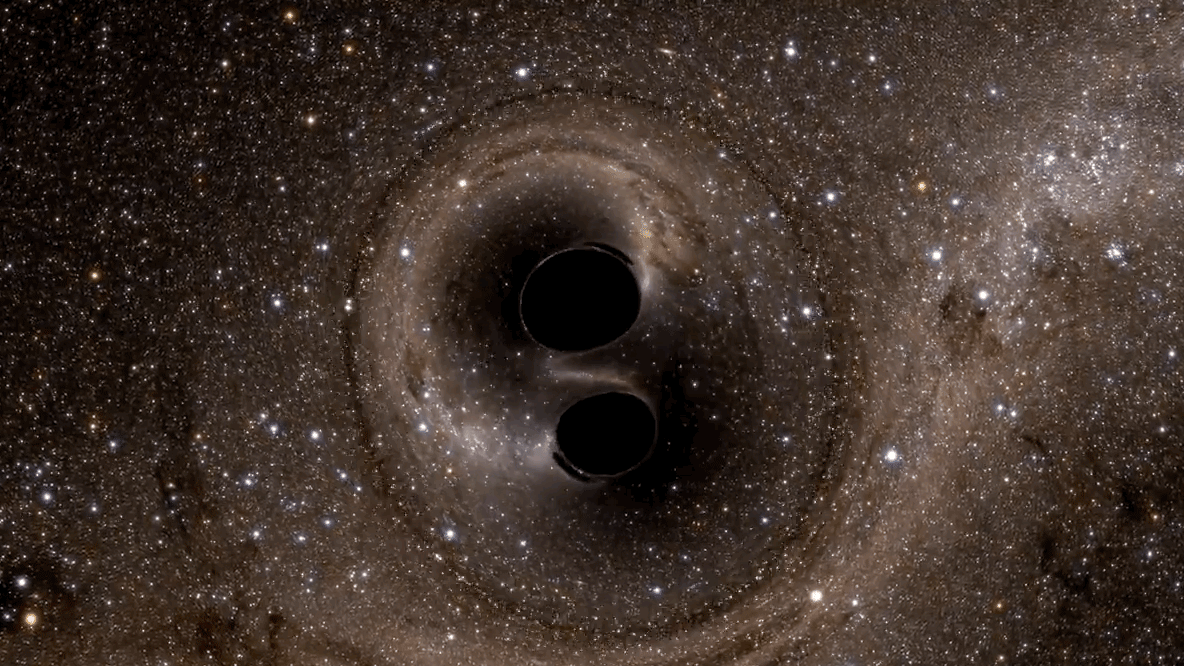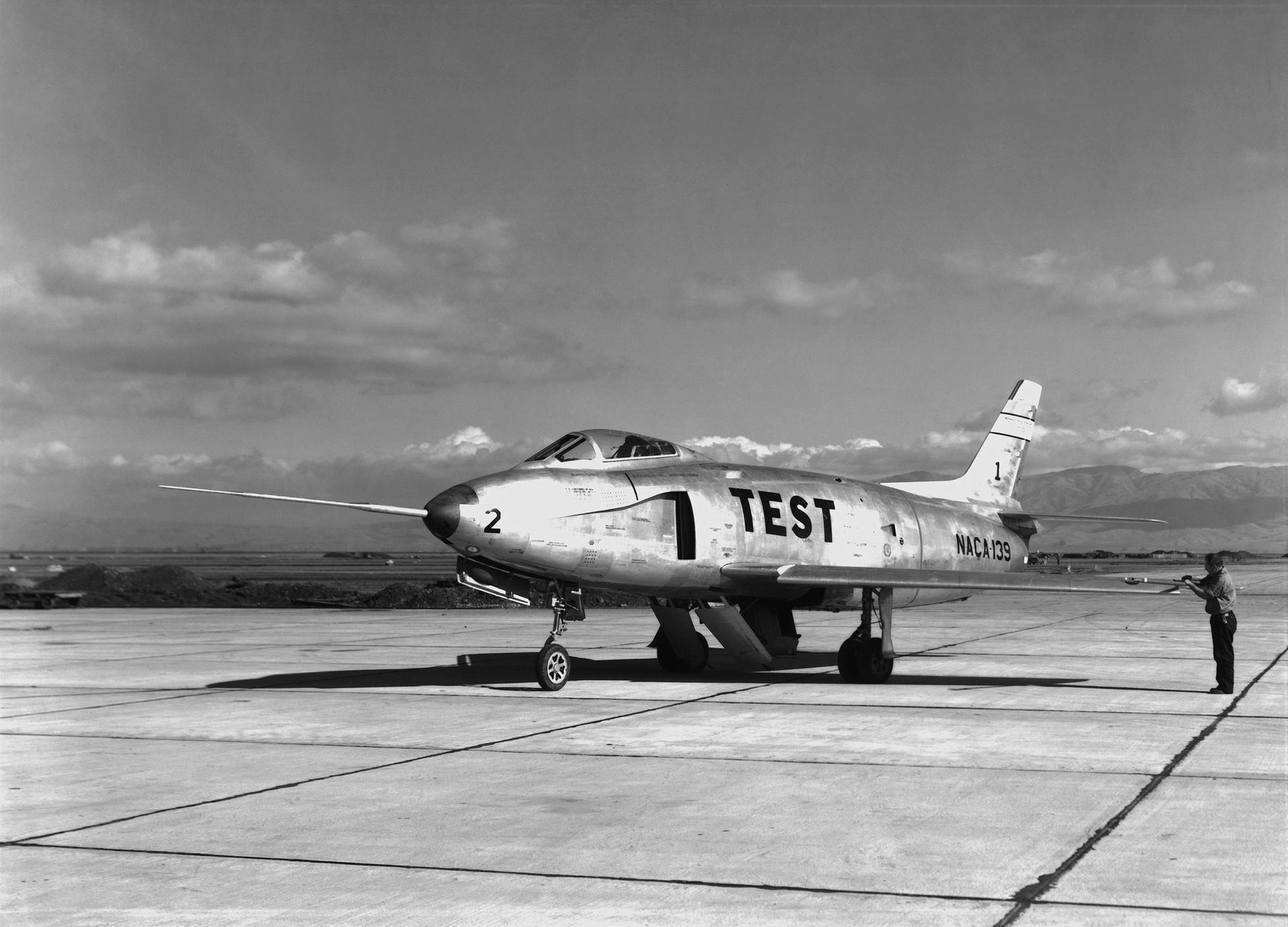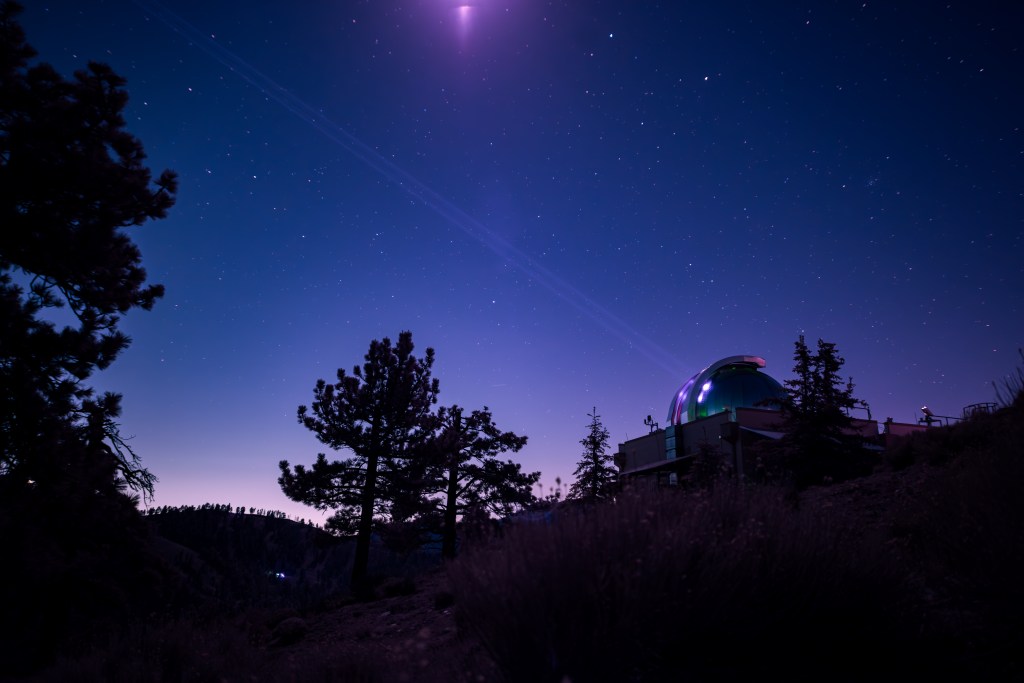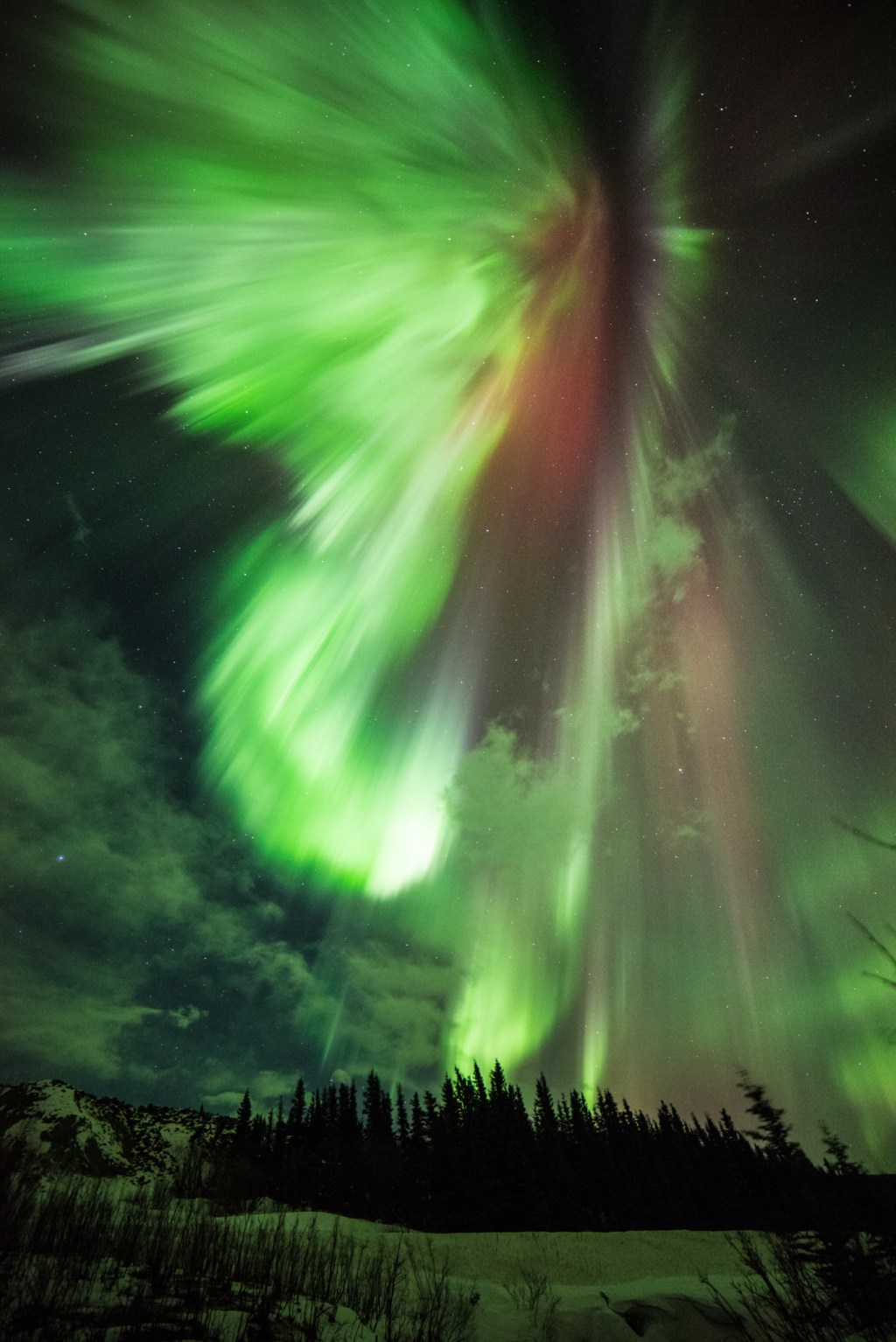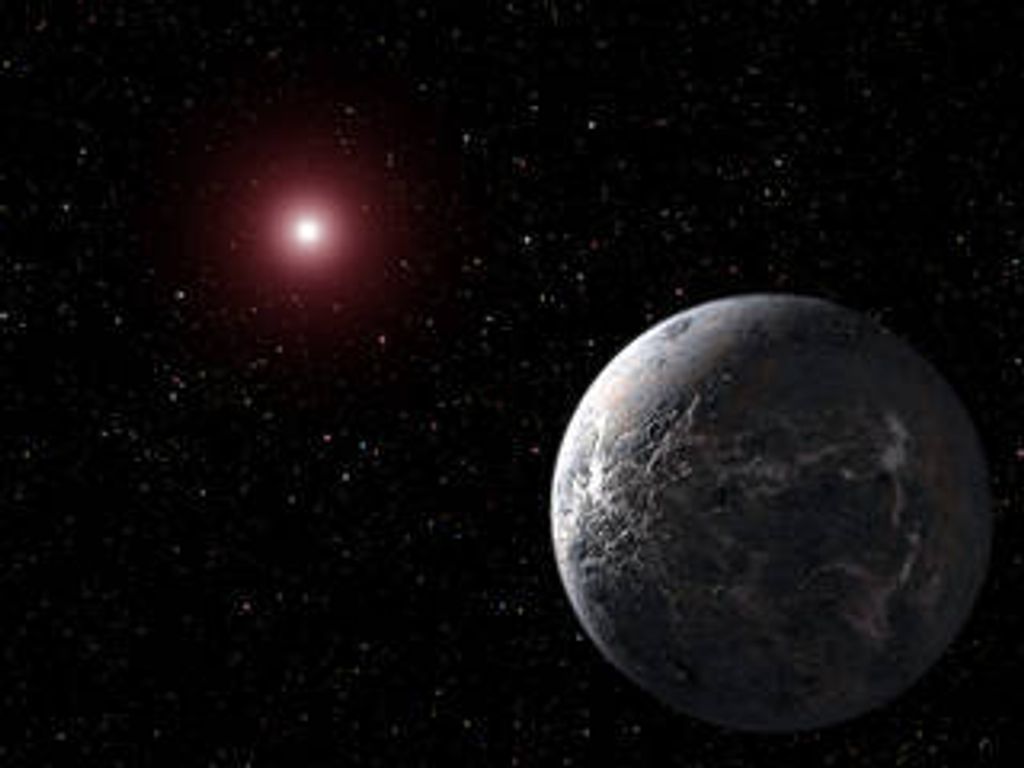1 min read
NGC 1275 – Labeled Features

About the Object
- R.A. PositionR.A. PositionRight ascension – analogous to longitude – is one component of an object's position.03h 19m 48.15s
- Dec. PositionDec. PositionDeclination – analogous to latitude – is one component of an object's position.41° 30' 42.09"
- ConstellationConstellationOne of 88 recognized regions of the celestial sphere in which the object appears.Pegasus
- DistanceDistanceThe physical distance from Earth to the astronomical object. Distances within our solar system are usually measured in Astronomical Units (AU). Distances between stars are usually measured in light-years. Interstellar distances can also be measured in parsecs.About 235 million light-years (72 Megaparsecs)
About the Data
- Data DescriptionData DescriptionProposal: A description of the observations, their scientific justification, and the links to the data available in the science archive.
Science Team: The astronomers who planned the observations and analyzed the data. "PI" refers to the Principal Investigator.These data are from the HST proposals 6228 by J. Trauger (JPL) and J. Holtzman (NMSU) and 9250 by K. Noll, H. Bond, C. Christian, L. Frattare, F. Hamilton, Z. Levay, T. Royle (Hubble Heritage Team/STScI/AURA) and collaborators M. Donahue, J. Mack and M. Voit (STScI). - InstrumentInstrumentThe science instrument used to produce the data.HST>WFPC2
- Exposure DatesExposure DatesThe date(s) that the telescope made its observations and the total exposure time.November 16, 1995 and November 6-15, 2001, Exposure Time: 4 hours
- FiltersFiltersThe camera filters that were used in the science observations.F450W (Wide B), F702W (Wide R), F814W (I)
- Object NameObject NameA name or catalog number that astronomers use to identify an astronomical object.NGC 1275, Perseus A, 3C 84
- Object DescriptionObject DescriptionThe type of astronomical object.Active Galaxy
- Release DateMay 1, 2003
- Science ReleaseFreewheeling Galaxies Collide in a Blaze of Star Birth
- Credit
Related Images & Videos

Freewheeling Galaxies Collide in a Blaze of Star Birth (NGC 1275)
A dusty spiral galaxy appears to be rotating on edge, like a pinwheel, as it slides through the larger, bright galaxy NGC 1275, in this NASA Hubble Space Telescope image. These images, taken with Hubble's Wide Field Planetary Camera 2 (WFPC2), show traces of spiral structure...
Share
Details
Last Updated
Aug 17, 2025
Contact
Media
Claire Andreoli
NASA’s Goddard Space Flight Center
Greenbelt, Maryland
claire.andreoli@nasa.gov

